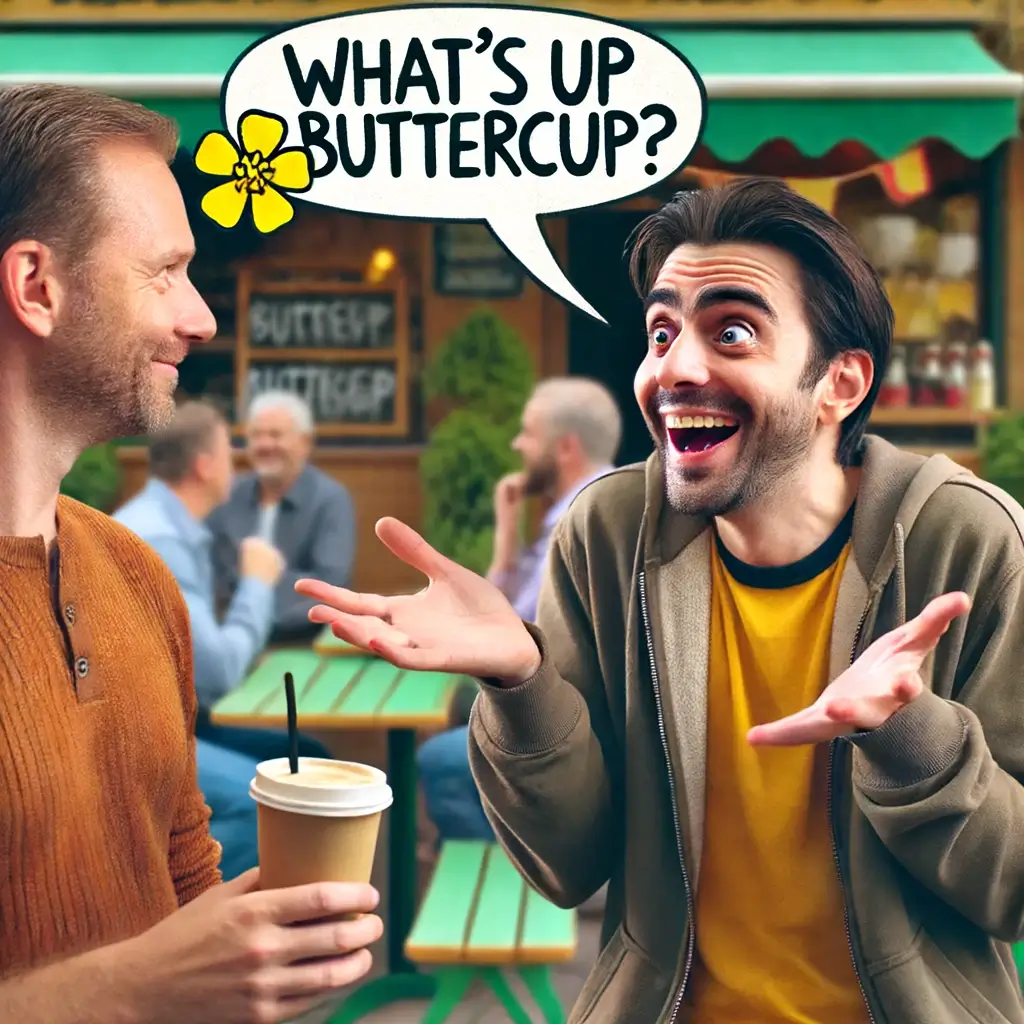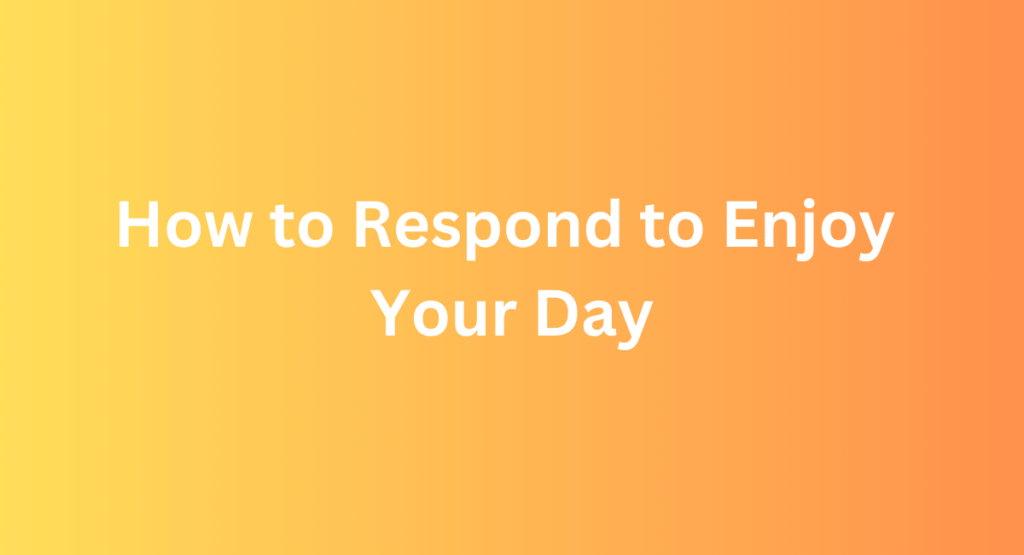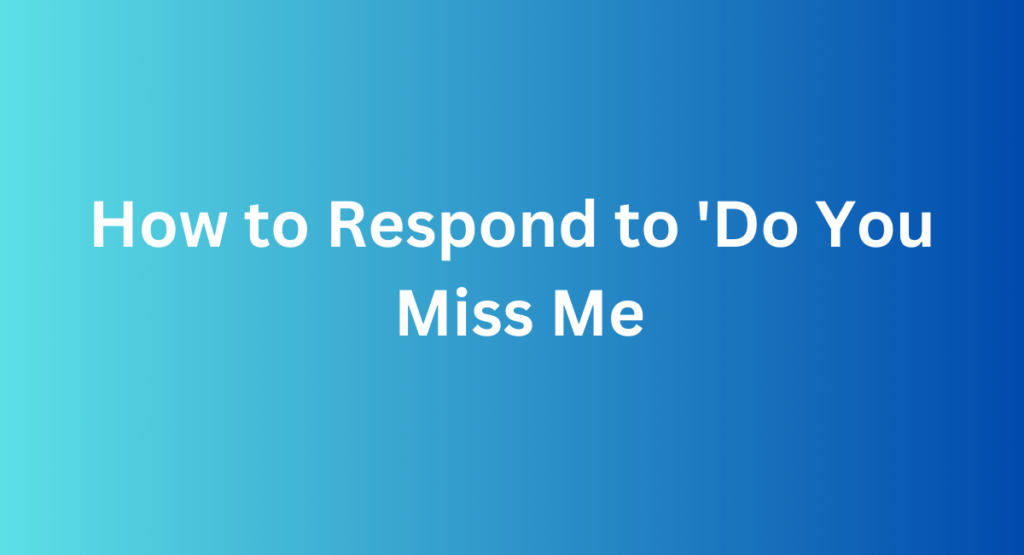
Not much, just enjoying the day. How about you?
“What’s up, Buttercup? ” Is a playful greeting that adds a touch of whimsy to everyday conversations. People often use it to check in with friends or loved ones in a light-hearted manner. This phrase can instantly lift spirits and create a positive atmosphere.
Using such cheerful language helps foster stronger connections and makes interactions more enjoyable. In today’s fast-paced world, taking a moment to exchange pleasantries can make a big difference. Simple, friendly greetings like this remind us of the importance of kindness and human connection. So, next time you want to brighten someone’s day, try saying, “What’s up, Buttercup? “
The Origin Of The Phrase
Have you ever heard someone say, “What’s up, buttercup?” This cheerful greeting brings a smile to many faces. But where did this phrase come from? Let’s dive into the origin of “What’s up, buttercup.”
Etymology Of ‘what’s Up Buttercup’
The phrase “What’s up, buttercup?” combines two parts: “What’s up?” and “buttercup.”
The first part, “What’s up?”, is a casual way to ask someone how they are. It dates back to the early 20th century. People use it in everyday conversations.
The second part, “buttercup,” is a term of endearment. A buttercup is a small, yellow flower. It symbolizes cheerfulness and innocence. People use flower names as nicknames for loved ones.
So, “What’s up, buttercup?” mixes a friendly greeting with a sweet nickname. This makes the phrase warm and inviting.
Popularity And Usage
“What’s up, buttercup?” has grown in popularity over the years. It appears in movies, TV shows, and songs. This exposure has made the phrase well-known.
Here are some ways people use the phrase:
- Greeting friends: It’s a fun way to say hello.
- Cheering someone up: It can make someone smile.
- In media: Characters in stories use it to show affection.
Celebrities also use the phrase. It spreads quickly on social media. People like it because it sounds happy and friendly.
In summary, “What’s up, buttercup?” is a phrase with a rich history. It combines a casual greeting with a sweet nickname. Its popularity continues to grow, making it a favorite among many.
Cultural Impact
The phrase “What’s Up Buttercup?” has woven itself into the fabric of everyday conversation. This playful greeting has transcended its origins to make a significant cultural impact. From popular movies to social media trends, “What’s Up Buttercup?” has found its way into various aspects of modern life.
In Pop Culture
“What’s Up Buttercup?” has made notable appearances in movies, TV shows, and music. This phrase often appears in scenes where characters engage in light-hearted banter. Here are some key instances:
- Movies: The phrase often pops up in feel-good films, adding a touch of warmth and familiarity.
- TV Shows: Sitcoms and dramas use the phrase to build character relationships and make dialogue more relatable.
- Music: Some songs incorporate “What’s Up Buttercup?” in their lyrics, making them catchy and memorable.
Below is a table showcasing some notable mentions:
| Medium | Title | Context |
|---|---|---|
| Movie | Feel-Good Film | Used in a casual conversation between friends. |
| TV Show | Popular Sitcom | The character greets another with “What’s Up Buttercup?” |
| Music | Catchy Song | Phrase used in the chorus. |
Social Media Influence
The phrase “What’s Up Buttercup?” has a huge presence on social media platforms. People use it in memes, captions, and even hashtags. This friendly greeting has become a go-to phrase for engaging with followers.
Here are some ways it’s used online:
- Memes: Funny and relatable memes often feature the phrase to catch the audience’s attention.
- Captions: Many people use “What’s Up Buttercup?” as a fun and casual caption for their photos.
- Hashtags: The hashtag #WhatsUpButtercup has gained popularity, making it easier to find related content.
Below is a list of platforms where the phrase is most popular:
- TikTok
The phrase adds a personal touch to posts and helps create a sense of community among users. It’s a simple way to start a conversation and make people smile.
Interpretations And Variations
The phrase “What’s up, buttercup?” is a delightful and playful greeting. It often brings a smile to faces. But what does it really mean? Let’s explore the interpretations and variations of this charming expression.
Positive Connotations
The greeting “What’s up, buttercup?” usually has positive connotations. People use it to show affection and friendliness. Here are some ways it can be interpreted:
- Endearment: The term “buttercup” is often used as a term of endearment. It makes the greeting feel warm and loving.
- Playfulness: The playful nature of the phrase can lighten the mood. It can make the conversation more fun.
- Cheerfulness: The phrase often brings a smile. It can brighten someone’s day.
People may use this greeting in various situations:
| Situation | Purpose |
|---|---|
| Friends Meeting | To start a conversation in a friendly manner |
| Family Gatherings | To greet loved ones warmly |
| Casual Chats | To keep the chat light and fun |
Negative Connotations
While “What’s up, buttercup?” is mostly positive, it can have negative connotations in some contexts. Here are a few scenarios where it might be less well-received:
- Perceived Insincerity: Some might feel the greeting is too sweet or fake. This can make it seem insincere.
- Condescension: Using “buttercup” might come off as talking down. This can make the listener feel belittled.
- Inappropriate Timing: In serious or formal situations, the phrase can feel out of place. It might make the speaker seem unprofessional.
Examples of scenarios where the greeting might not be suitable:
| Situation | Reason |
|---|---|
| Business Meetings | Too casual for a professional setting |
| Serious Conversations | Can seem disrespectful or dismissive |
| Strangers | Might be perceived as overly familiar |
Psychological Analysis
Have you ever heard someone say “What’s up, buttercup?” This playful phrase can instantly lighten the mood and spark a smile. Let’s dive into the psychological analysis of this cheerful greeting. We will explore its effects on mood and the power of playful language.
Effect On Mood
The phrase “What’s up, buttercup?” can have a significant effect on mood. Here are some reasons why:
- Positive Association: The word “buttercup” is often associated with something sweet and pleasant.
- Surprise Factor: It’s not a common greeting, making it more surprising and fun.
- Engagement: It invites a response, making the conversation more engaging.
According to a study on mood and language, playful language can boost happiness levels. The unexpected nature of the phrase makes the brain release dopamine, which is a feel-good hormone.
Let’s look at a table that summarizes the effects:
| Factor | Effect |
|---|---|
| Positive Association | Increases happiness |
| Surprise Factor | Boosts excitement |
| Engagement | Enhances interaction |
Using the phrase can make people feel special. It shows that someone cares enough to use a unique greeting. This personal touch can make a big difference in someone’s day.
Power Of Playful Language
Playful language, like “What’s up, buttercup?”, has a powerful impact. It can:
- Build Connections: People feel closer when they share a laugh.
- Reduce Stress: Humor can lower cortisol levels, reducing stress.
- Enhance Creativity: Playful words can spark creative thinking.
Psychologists say that playful language can improve mental health. It adds a fun element to conversations, making them more memorable.
Consider this scenario: You’re having a tough day, and someone says, “What’s up buttercup?” Instantly, you feel a bit lighter. The phrase is so unexpected and cheerful that it breaks the cycle of negative thoughts.
Here are some key benefits of playful language:
| Benefit | Explanation |
|---|---|
| Builds Connections | Creates a sense of belonging |
| Reduces Stress | Lowers stress hormones |
| Enhances Creativity | Sparks new ideas |
Playful language can also make people more approachable. It breaks the ice and makes conversations easier. This is why phrases like “What’s up, buttercup?” are so effective.
Response Strategies
People often use the phrase “What’s up, Buttercup?” as a friendly greeting. Knowing how to respond can make the conversation more engaging and fun. Here, we will explore some effective response strategies to this playful greeting.
Appropriate Responses
When someone greets you with “What’s up, Buttercup?”, you want to reply in a way that keeps the conversation flowing. Here are some appropriate responses:
- Not much, Sunflower! How about you?
- Just blooming, how’s your day?
- Enjoying the sunshine! What’s new with you?
These responses acknowledge the playful tone of the greeting and keep the mood light. You can also tailor your response based on the context of the conversation:
| Context | Response |
|---|---|
| At work | Just tackling projects, how’s your workload? |
| With friends | Chilling, what’s on your mind? |
| Family gathering | Enjoying family time, what about you? |
Using these responses helps you connect with the other person and keeps the conversation enjoyable.
Humorous Comebacks
Adding humor to your response can make the interaction more memorable. Here are some funny comebacks to “What’s up, Buttercup?”:
- Not much, Pumpkin Patch!
- Just sprouting up, what about you?
- Growing strong, what’s cooking?
These humorous replies play on the plant theme and add a playful twist. You can also get creative with your responses:
- Just photosynthesizing, how about you?
- Pollinating the world with smiles, what’s new with you?
- Spreading petals of joy, what about you?
These comebacks not only keep the conversation fun but also show your witty side. Making someone laugh can brighten their day and strengthen your bond.
Cross-cultural Perspectives
Understanding the phrase “What’s Up Buttercup” across different cultures can be quite fascinating. This phrase, commonly used as a playful greeting in English, often faces unique interpretations when viewed through the lens of various languages and cultural contexts. Let’s dive into the cross-cultural perspectives of this cheerful expression.
Translation Challenges
Translating “What’s Up Buttercup” into other languages poses several challenges. The phrase combines a casual greeting with a term of endearment, making direct translations difficult. Here are some common issues:
- Literal Translation: A direct translation often loses the playful tone. For example, in Spanish, “¿Qué pasa, Botón de Oro?” doesn’t convey the same light-heartedness.
- Cultural Nuances: Some cultures may not use floral nicknames, making “Buttercup” seem odd. In Japanese, translating to “何かあった、バタカップ” might confuse people unfamiliar with the flower.
- Idiomatic Expressions: Many languages have their own idiomatic greetings that don’t translate well. For instance, the French phrase “Quoi de neuf, mon chou?” (What’s new, my cabbage?) has a similar playful feel but uses “cabbage” instead of “buttercup.”
Here’s a table showing how “What’s Up Buttercup” translates in different languages:
| Language | Translation | Notes |
|---|---|---|
| Spanish | ¿Qué pasa, Botón de Oro? | Literal, loses playful tone |
| French | Quoi de neuf, Bouton d’or? | Literal, similar tone |
| Japanese | 何かあった、バタカップ? | Literal, may confuse |
Global Adaptation
Adapting “What’s Up Buttercup” globally often requires rephrasing to fit cultural contexts. This involves finding phrases that convey similar friendliness and playfulness. Here are some adaptations:
- Spanish: “¿Qué tal, cariño?” This means “How are you, dear?” and retains an affectionate tone.
- French: “Salut, mon chou!” This translates to “Hello, my cabbage!” and keeps the playful spirit.
- Japanese: “元気?, バタカップ!” (Genki?, Buttercup!) This adaptation asks “Are you well?” and adds “Buttercup” for familiarity.
These adaptations ensure that the greeting feels natural and friendly. Here’s a quick summary:
| Language | Adaptation | Explanation |
|---|---|---|
| Spanish | ¿Qué tal, cariño? | Maintains affection |
| French | Salut, mon chou! | Playful and Familiar |
| Japanese | 元気?, バタカップ! | Friendly and familiar |
These global adaptations allow “What’s Up Buttercup” to resonate with people worldwide while retaining its charm.
Buttercup Symbolism
The phrase “What’s up, Buttercup?” brings a smile to many faces. But have you ever thought about the deeper meaning of the buttercup flower? Buttercup symbolism is rich and varied, touching on history, literature, and even modern-day culture. Let’s dive into the fascinating world of buttercup symbolism.
Historical Significance
The buttercup flower has been cherished for centuries. Its bright yellow petals have appeared in various cultural contexts. Here are some key points about its historical significance:
- Ancient Greece: Buttercups were associated with the sun god Helios. Their bright color symbolized the sun’s rays.
- Medieval Europe: Buttercups were used in herbal medicine. People believed they could cure blisters and soothe sore throats.
- Victorian Era: The Victorians included buttercups in their “language of flowers.” They symbolized humility and neatness.
In different eras, buttercups have held various meanings. They have been linked to health, humility, and even divine power. Their vibrant color and simple beauty have made them a favorite across cultures.
Metaphorical Representations
Buttercups are not just historically significant; they also carry deep symbolic meanings. These representations have found their way into literature, art, and everyday language.
Here are some common metaphorical representations:
- Innocence: The buttercup’s bright, pure yellow color often represents childlike innocence and joy.
- Happiness: Buttercups symbolize happiness and positivity. Their sunny appearance lifts spirits and brings smiles.
- Resilience: Buttercups can grow in various environments. This trait symbolizes resilience and adaptability.
These metaphorical meanings make buttercups a popular choice in storytelling and poetry. They often appear in children’s books, symbolizing joy and simplicity. In art, they are depicted to convey hope and beauty.
Buttercup symbolism is both rich and varied. From historical uses to metaphorical meanings, these cheerful flowers continue to inspire and uplift us.
Future Evolution
The phrase “What’s Up Buttercup” has been a cheerful greeting for years. As language evolves, so does the way we use and perceive such phrases. Let’s explore the future evolution of this endearing expression and how it might fit into modern communication.
Modernization Of The Phrase
“What’s Up Buttercup” might seem old-fashioned to some, but it has the potential to stay relevant. Here’s how it can modernize:
- Social Media Influence: Social platforms often revive old phrases. Memes and hashtags can make “What’s Up Buttercup” trendy again.
- Pop Culture References: Movies, TV shows, and music can reintroduce this phrase to younger audiences.
- Digital Communication: Emojis and GIFs can pair with the phrase, making it more engaging.
Modernization can also come through slight modifications. For instance:
| Traditional | Modern |
|---|---|
| What’s Up Buttercup | Wassup Buttercup 🌼 |
| How’s it going, Buttercup? | Hey Buttercup, what’s new? |
Relevance In Contemporary Communication
In today’s digital age, communication is fast and dynamic. “What’s Up Buttercup” can fit perfectly in this landscape:
Personal Touch: Using a friendly phrase like “What’s Up Buttercup” adds warmth to your messages. It makes conversations feel more personal and less robotic.
Branding: Companies can use such phrases to create a relatable brand image. It can make customer interactions more engaging and memorable.
Versatility: This phrase can suit various contexts, from casual chats to professional greetings. Its cheerful tone can lighten the mood in any conversation.
In essence, “What’s Up Buttercup” holds timeless charm. With slight tweaks, it can remain relevant and beloved in contemporary communication.
Frequently Asked Questions
What Does “What’s Up Buttercup” Mean?
“What’s Up Buttercup” is a friendly greeting. It’s often used to ask someone how they are doing.
How Do You Respond To “What’s Up Buttercup”?
Respond with how you feel or what you’re doing. Keep it casual and friendly.
Is “what’s Up Buttercup” A Common Phrase?
Yes, it’s a playful and casual greeting. People often use it to break the ice.
Can “what’s Up Buttercup” Be Used Professionally?
It’s best for casual settings. Avoid using it in formal or professional environments.
Conclusion
The phrase “What’s up, Buttercup? ” Brings warmth and cheer to everyday interactions. Embrace its charm and spread positivity. Using such endearing expressions can brighten someone’s day and foster connections. So, next time, greet someone with this delightful phrase and witness the joy it brings.
Keep spreading happiness with simple words.


